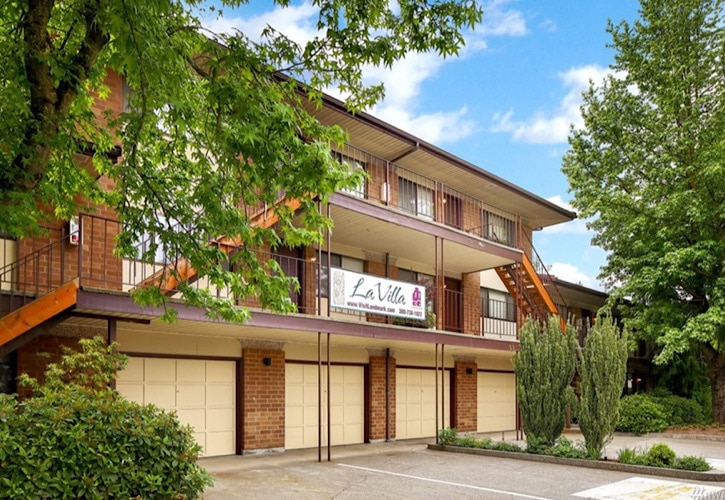Purchasing and investing in a multifamily housing property can be a great way to diversify your portfolio while increasing your revenue-earning potential. However, before you sign on the dotted lines, it is essential that you take the time to complete what is known as due diligence.
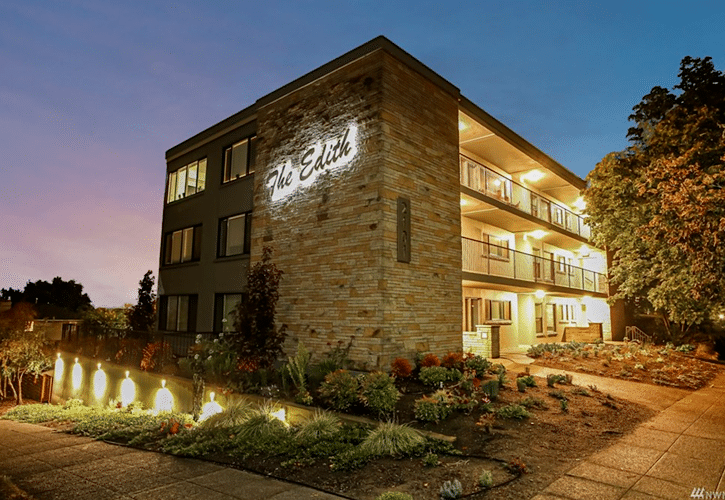
When working in a multifamily property industry, due diligence refers to the hiring of a third-party to inspect and report on elements of a property prior to purchase. These checks can give you a clearer idea of the state of the property, as well as the long-term investment value of the purchase. In most cases, those looking to secure a loan to finalize a multifamily housing purchase will be required by a lender to complete due diligence.
What is involved in due diligence, and why should you complete this important step? Read on for a quick breakdown of an average due diligence process for multifamily properties.
View Washington State Apartment Buildings For Sale
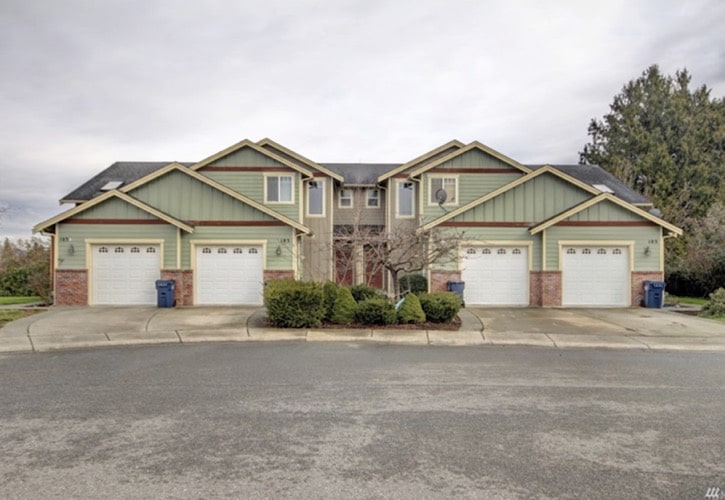
The Multifamily Housing Due Diligence Checklist
In short, here are the elements of an average due diligence that an inspection service will report back to you prior to purchase:
- Financial Audit Report
- Market Report
- Property Condition Assessment
- Lease Audit/Rent Roll Analysis
- Unit Walk
- Appraisal
- Site Survey/Title Report
- Green Report (Optional/Location-Specific)
- Seismic Report (Optional/Location-Specific)
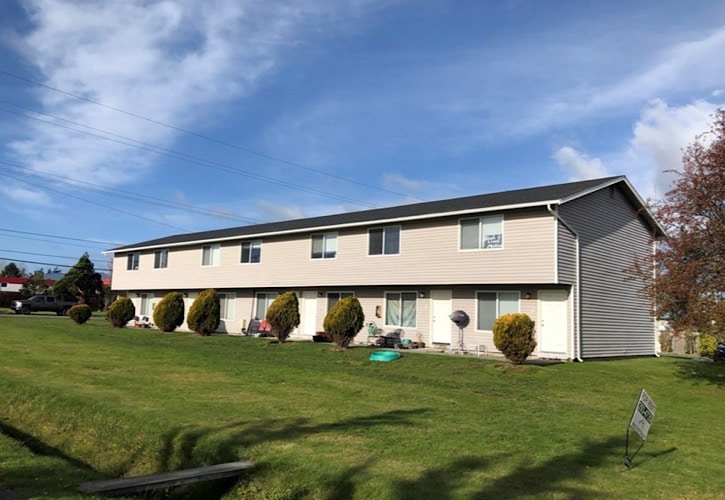 Let’s take a quick look at each to give a broader understand of the importance of due diligence:
Let’s take a quick look at each to give a broader understand of the importance of due diligence:
A Complete Financial Audit Report
You will want to have an overview of a multifamily housing property’s income, as well as the general expenses. This will cover the trailing twelve months (T-12) and a Profit & Loss Statement (P&L) ranging back several years. This can help you determine a general idea of the profitability of a property over time.
A Market Report
With a market report or a market survey, you will get a detailed analysis of how the property is valued in comparison to similar properties in the area. Included in this report is occupancy-level, average rent costs, and more. Most importantly, this market report will help you get a feel for the general need for multifamily housing in the area, which can help you know if you can expect your property to remain full of tenants.
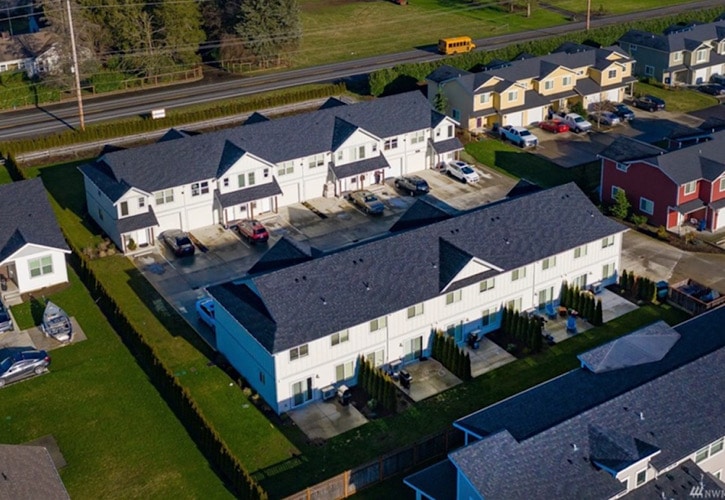 A Property Condition Assessmen
A Property Condition Assessmen
The property condition assessment (PCA) can often be called a Capital Needs Assessment (CNA), or Physical Needs Assessment (PNA). This report is essential, as it gives you an overview of the physical state of the property – including any potential age-related issues that will require repair or replacement.
Lease Audit/Rent Roll Analysis
The lease audit and rent roll analysis will give you a time-stamped view of the property’s current tenant lease health. This report may include tenant billing schedules, as well as the consistency of late payments or discounted units in the property.
A Full Unit Walk
One of the most important – and time-consuming – parts of due diligence is the unit walk. This is exactly what it sounds like – a complete walkthrough of each and every unit in the property. With a unit walk, you can see how the property is from a tenant’s-eye view, and see any potential issues or problems that can impact your investment’s viability.
Environmental Site Assessment
Your lender may require that you complete an Environmental Site Assessment (ESA) before the loan will be approved. There are different phases of ESA, depending on location, age, and environmental factors of the property. In a typical ESA, you will receive a report of any dangerous traces of petroleum or chemicals, harmful pesticides, and other potential contaminants. This will also look into the presence of mold, asbestos, radon, lead paint – anything that can be dangerous to those living in the property.
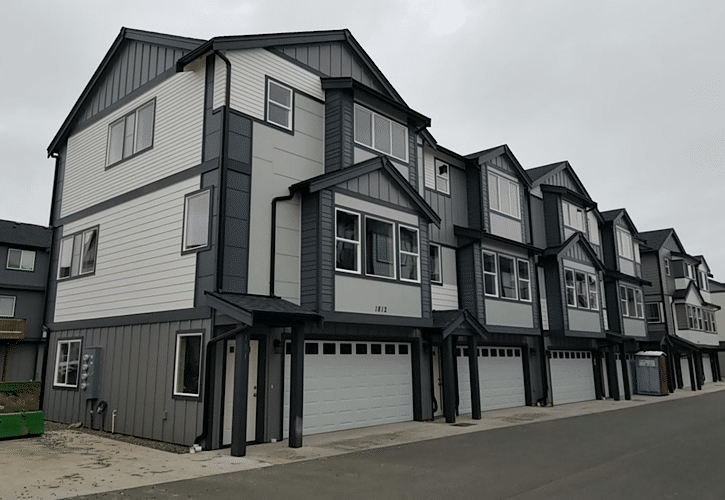 Appraisal
Appraisal
As with any large property purchase, you will want to complete an appraisal to ensure that you have the most current and accurate value of the property on file. A trained and licensed multifamily housing appraiser will consider the property’s NOI and DSCR. They will also look at comparable multifamily properties in the region. This can help you make sure the price matches the value before you sign.
A Site Survey & Title Report
Before you try to purchase the investment property, make sure it is not in any legal hot water. A site survey and title report will help ensure that the property has a clean legal status, and will give you the full size of the property – an important element in applying for title insurance for a lender.

Green & Seismic Report
Depending on where the property is located, you may be required to complete a green or seismic report. These reports look at unique environmental aspects of the property, typically related to any renewable energy policies as well as earthquake-prone locations. You will want to make sure and complete these if your lender recommends them as part of due diligence to avoid any costly issues down the road.
Do Your Due Diligence
Completing the proper due diligence will help you invest in a large multifamily property with peace of mind. With these reports in hand, you can work with a lender to procure the right loan at the right price, and ensure that your investment will return the revenue you desire over the years of your investment. To learn more about due diligence, speak with a trained and experienced third-party service provider who can walk you through the specifics of a potential investment.


